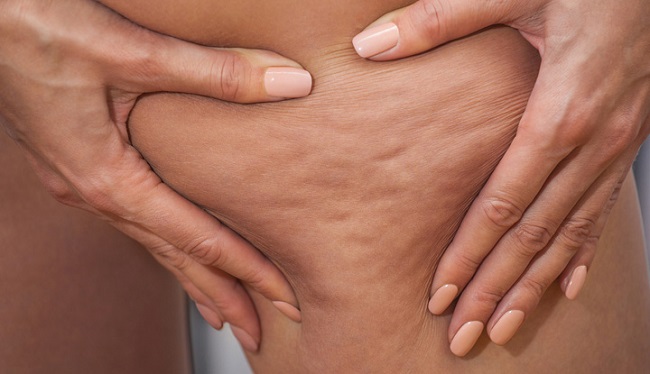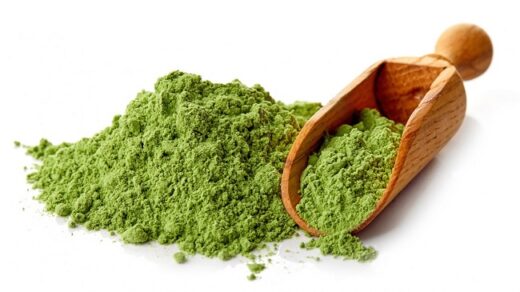Cellulite is a change in the skin that can be seen in many post-pubescent females. The term is a description referring to the often orange-peel like appearance taken on by the skin in areas where cellulite is present. The most common areas that are affected by these small-knot like protuberances and dimpling of the skin are the pelvic area, abdomen, and lower limbs. Cellulite is caused by the tearing of fat tissues living under the skin that are present inside fibrous connective tissue.
What is Cellulite?

While the term “cellulite” had been used to describe this bodily occurrence overseas since the 1920′s, it didn’t hit America until the late 1960′s when it made an appearance in Vogue magazine. Since then there has always been a debate as to whether this was some kind of a disorder or merely a natural occurrence. Most medical authorities will concur that cellulite is something natural and there are things that can be done to correct it.
The most common descriptions of cellulite include “cottage cheese skin” and “orange peel syndrome”. There are many more technical terms for describing cellulite as well, such as:
- Adiposis edematosa
- Gynoid lipodystrophy
- Dermopanniculosis deformans
- Status Protrusus cutis
While cellulite is said to occur in more than 80 percent of post-pubescent females, it is only present in a very small percentage of men. Most of these men also suffer from more severe afflictions, which, in turn, provide a source for cellulite to become more prevalent. The causes of cellulite aren’t totally understood, but it’s most likely related to both physiological changes and changes in metabolism. These changes can occur due to a number of different factors, which include:
- Dimorphic skin architecture (gender specific)
- Subtle inflammatory changes
- A change of connective tissue structure
- Change in structural support tissue
- Microcirculatory system changes
- Genetic factors
- Hormonal factors
Of all of these factors listed above, hormonal factors appear to play a clear role in the development of cellulite. Although there has been no clear cut evidence as of yet, it appears that Estrogen is especially conducive to producing cellulite. Other hormones that are also believed to have a hand in helping the existence of cellulite include:
- Prolactin
- Insulin
- Thyroid Hormones
- Catecholamines adrenaline and noradrenaline
Researchers have also recently found a genetic link in the presence of cellulite. The presence of hypoxia-inducible factor 1A (HIF1a) and angiotensin converting enzyme (ACE) genes may indicate a person will be more susceptible to cellulite. For a solution to these cellulite problems, see our treatments page.
Others Related Posts>>>
How to Reduce cellulite with exercise
Top 5 Foods for effective fat burning
5 Tips for Hair grow Faster




